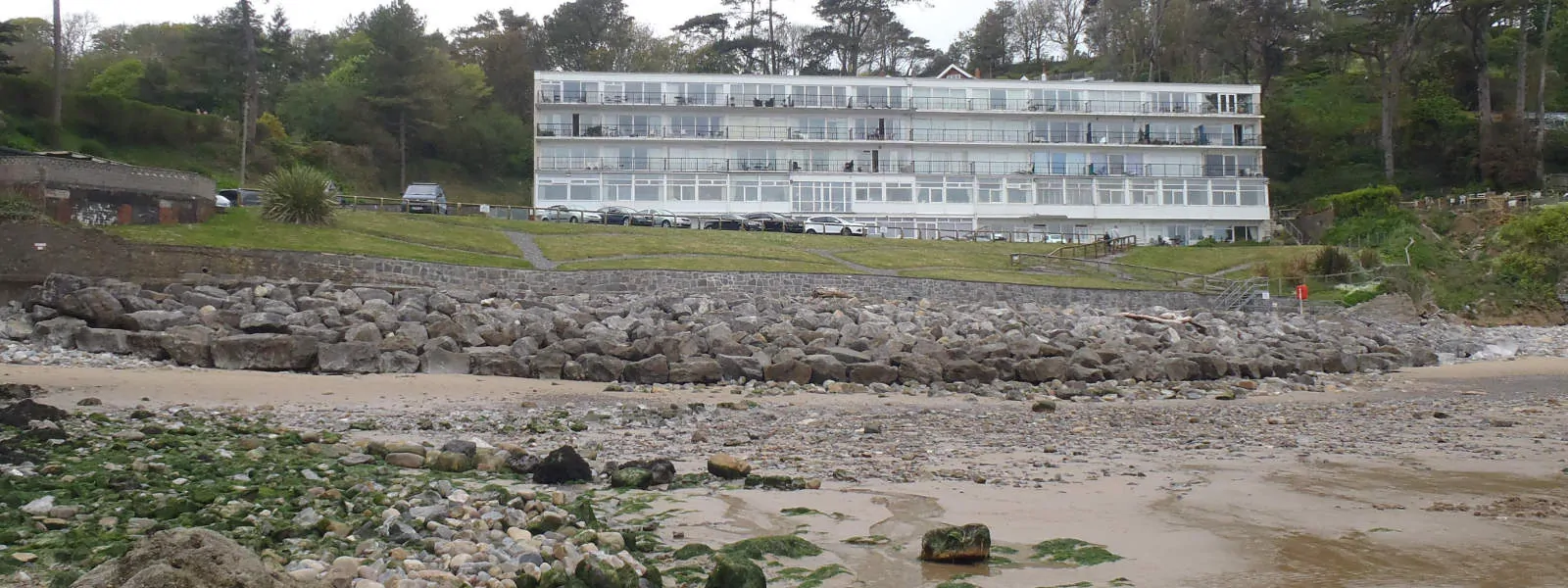This field trip has the following curriculum links
Geography: Geographical Skills
Study the physical world: the processes and landforms of coasts or rivers. KS3.
Geography: Geographical Skills
Field data collection, evaluating field techniques.
Geography: Investigating
1. Observe and ask questions about a place, environment or a geographical issue, e.g. Why does it flood? How and why is our village changing?
2. Measure, collect and record data through carrying out practical investigations and fieldwork, and using secondary sources, e.g. use instruments to measure rainfall, use GIS, design questionnaires. KS2.
Geography: Investigating
1. Identify and establish sequences of questions for investigation, e.g. What are the processes? How can people manage these processes? What are the issues? What decision would I make?
2. Observe, measure, extract and record data through carrying out practical investigations and fieldwork and using a variety of secondary sources, e.g. carry out land use mapping, use GIS.
3. Analyse and evaluate ideas and evidence, answer questions and justify conclusions, e.g. analyse trends over time, evaluate causes. KS3.
Geography: Knowledge and Understanding of the World
To experience the familiar world through investigating the indoor and outdoor environment. KS1.
Geography: Locating Places, Environments and Patterns
1. Identify and locate places and environments using globes, atlases, and maps, e.g. use co-ordinates and
four-figure references.
2. Follow directions, estimate and calculate distances, e.g. follow map and ground routes, calculate map-to-ground
distances.
3. Use maps, imagery and ICT to find and present locational information, e.g. draw sketch maps using symbols and keys. Interpret maps, and photographs including oblique, aerial and satellite images. KS2.
Geography: Locating Places, Environments and Patterns
1. Locate places and environments using globes, atlases, maps and plans, e.g. use six-figure grid references, OS 1:25,000 and 1:50,000 maps, and internet/satellite imagery.
2. Use maps, plans and imagery of different types and scales and ICT to interpret and present locational information, e.g. use relief maps, satellite images, GIS, draw sketch maps.
3. Explain the spatial patterns of features, places and environments at different scales and how they are interconnected, e.g. local traffic flows, global population density. KS3.
Geography: Places and People
Recognise how people’s actions can improve or damage the environment. KS1.
Geography: Understanding Places, Environments and Processes
1. Describe and explain physical and human features, e.g. the features of a river, characteristics of economic activity.
2. Explain the causes and effects of physical and human processes and how the processes interrelate.
3. Explain how and why places and environments change and identify trends and future implications. KS3.
